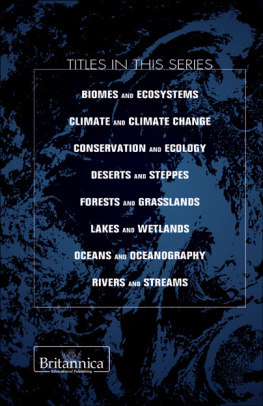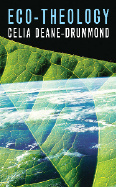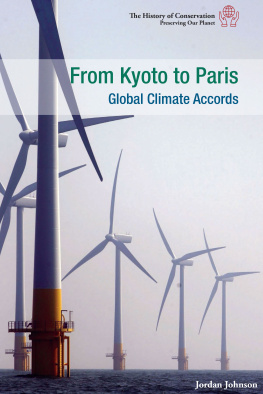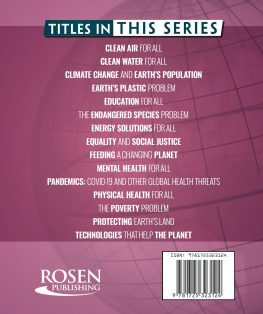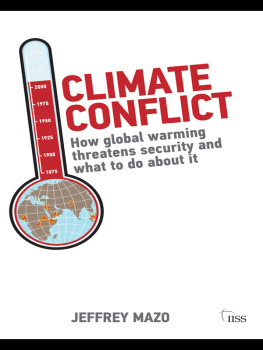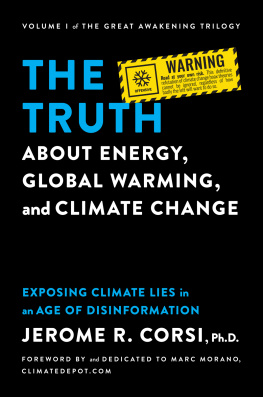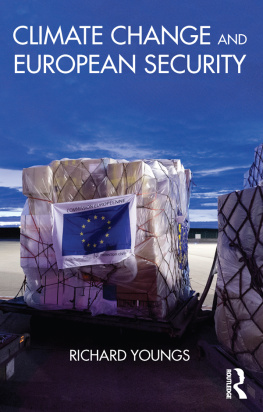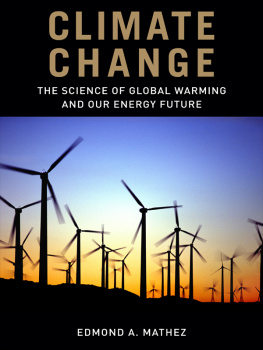BIBLIOGRAPHY

CLIMATE
Introductory works include Edward Aguado and James E. Burt, Understanding Weather and Climate, 4th ed. (2007); P. Kabat et al. (eds.), Vegetation, Water, Humans, and the Climate: A New Perspective on an Interactive System (2004); Intergovernmental Panel on Climate Change: Working Group I, Climate Change 2007: The Physical Science Basis (2007); and National Research Council (U.S.), Panel on Climate Change Feedbacks, Understanding Climate Change Feedbacks (2003). Two excellent comprehensive reference works are John E. Oliver (ed.), The Encyclopedia of World Climatology (2005); and Stephen H. Schneider (ed.), Encyclopedia of Climate and Weather, 2 vol. (1996). Definitions of meteorological terms are provided in Todd S. Glickman (ed.), Glossary of Meteorology, 2nd ed. (2000); and Secretariat of the World Meteorological Organization, International Meteorological Vocabulary, 2nd ed. (1992), including nomenclature in English, French, Russian, and Spanish.
Current research is reported in the following journals: Bulletin of the American Meteorological Society (monthly); Climatic Change (6/yr.); International Journal of Biometeorology (6/yr.); Journal of Applied Meteorology (monthly); International Journal of Climatology (15/yr.); Journal of Meteorological Research (bimonthly); International Journal of Meteorology (10/yr.); Monthly Weather Review; Quarterly Journal of the Royal Meteorological Society; Russian Meteorology and Hydrology (monthly); Global Climate Review (monthly); Weather (monthly); Weatherwise (bimonthly); and WMO Bulletin (quarterly).
CLIMATIC CLASSIFICATION
Useful introductory discussions on the classification of climatic zones can be found in Alan H. Strahler and Arthur N. Strahler, Introducing Physical Geography, 4th ed. (2006); and Tom L. McKnight and Darrel Hess, Physical Geography: A Landscape Appreciation, 9th ed. (2007). Advanced treatments are provided in P.J. Robinson and A. Henderson-Sellers, Contemporary Climatology, 2nd ed. (1999); and Roger G. Barry and Richard J. Chorley, Atmosphere, Weather, and Climate, 8th ed. (2003). The global distribution of major climate types is the subject of Glenn R. McGregor and S. Nieuwolt, Tropical Climatology: An Introduction to the Climates of the Low Latitudes, 2nd ed. (1998). The foundational work on modern climate classification is contained in Glenn T. Trewartha and Lyle H. Horn, An Introduction to Climate, 5th ed. (1980). Particular regions are examined in H.E. Landsberg (ed.), World Survey of Climatology, 16 vol. in 18 (19692001); and the oft-celebrated account contained in Glenn T. Trewartha, The Earths Problem Climates, 2nd ed. (1981).
CLIMATE AND LIFE
A brief history of the coevolution of life and the atmosphere combined with the environmental consequences of changing the composition of the modern atmosphere is presented in Karl K. Turekian, Global Environmental Change: Past, Present, and Future (1996). Additionally, the work by William R. Cotton and Roger A. Pielke, Sr., Human Impacts on Weather and Climate, 2nd ed. (2007), chronicles the effects of human-induced landscape modification upon the dynamics of regional weather and climate.
Interactions between organisms, the ecological systems they inhabit, and the atmosphere are detailed in William P. Lowry and Porter P. Lowry, Fundamentals of Biometeorology: Interactions of Organisms and the Atmosphere, 2 vol. (2001); and Stephen H. Schneider, Encyclopedia of Climate and Weather, 2 vol. (1996). The Gaia hypothesis is outlined in James E. Lovelock, Gaia: A New Look at Life on Earth (2000); and the role played by the biosphere in controlling the atmosphere and the oceans throughout geologic time is explained in James E. Lovelock, The Ages of Gaia: A Biography of Our Living Earth, rev. ed. (1995). Causes of climatic change are explained in detail in Bert Bolin et al. (eds.), The Greenhouse Effect, Climatic Change, and Ecosystems (1989). The first systematic treatment of the chemical and physical significance of atmospheric trace gases produced by the biosphere, including most of the early work on the greenhouse effect, is performed in John Tyndall, Heat Considered As a Mode of Motion (1871).
CLIMATE CHANGE
Overviews of Earths climate system combined with a general treatment of climate variation since the Pleistocene Epoch are provided in William F. Ruddiman, Earths Climate: Past and Future, 2nd ed. (2008); Tjeerd H. van Andel, New Views on an Old Planet: A History of Global Change, 2nd ed. (1994); and Richard B. Alley, The Two-Mile Time Machine: Ice Cores, Abrupt Climate Change, and Our Future (2000). The impacts of recent climate variation and change upon society are considered in Csar N. Caviedes, El Nio in History: Storming Through the Ages (2001); Brian Fagan, Floods, Famines, and Emperors: El Nio and the Fate of Civilizations (1999); and Mike Davis, Late Victorian Holocausts: El Nio Famines and the Making of the Third World (2001). A discussion of the cultural and historical effects of the Medieval Warm Period and Little Ice Age is provided in Brian Fagan, The Little Ice Age: How Climate Made History, 13001850 (2000).
More advanced treatments of recent climate variation include Vera Markgraf (ed.), Interhemispheric Climate Linkages (2001); Neil Roberts, The Holocene: An Environmental History, 2nd ed. (1998); H.E. Wright, Jr., et al. (eds.), Global Climates Since the Last Glacial Maximum (1993); Jean M. Grove, Little Ice Ages: Ancient and Modern, 2nd ed. (2004); Anson Mackay et al. (eds.), Global Change in the Holocene (2005); and The National Research Council, Surface Temperature Reconstructions for the Last 2,000 Years (2006). Past climate variation within the context of future climate change is presented in the Intergovernmental Panel on Climate Change: Working Group I, Climate Change 2007: The Physical Science Basis: Summary for Policymakers: Fourth Assessment Report (2007). A general review of abrupt climate change is provided in John D. Cox, Climate Crash: Abrupt Climate Change and What It Means for Our Future (2007); and a more technical treatment can be found in The National Research Council, Abrupt Climate Change: Inevitable Surprises (2002).
The development of early life and its effects on Earths oceans and atmosphere are discussed in Andrew H. Knoll, Life on a Young Planet: The First Three Billion Years of Evolution on Earth (2005). Pre-Pleistocene climates are summarized in Thomas J. Crowley and Gerald R. North, Paleoclimatology (1991); and Lawrence A. Frakes, Jane E. Francis and Jozef I. Syktus, Climate Modes of the Phanerozoic: The History of Earths Climate over the Past 600 Million Years (1992). Methods of pre-Pleistocene climate investigation are thoroughly discussed in Judith Totman Parrish, Interpreting Pre-Quaternary Climate from the Geologic Record (1998). A highly readable narrative that considers the 19th-century and early to mid-20th-century development of ideas surrounding the orbital forcing of climate is provided in John Imbrie and Katherine Palmer Imbrie, Ice Ages: Solving the Mystery (1979, reissued 1986).
GLOBAL WARMING SCIENCE

